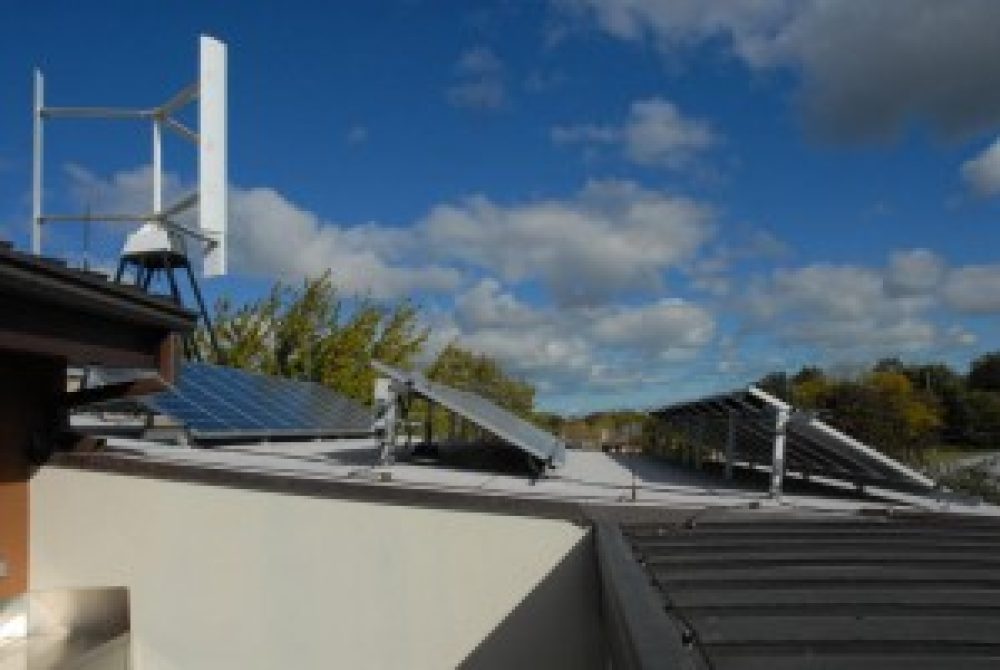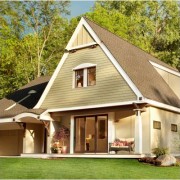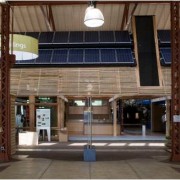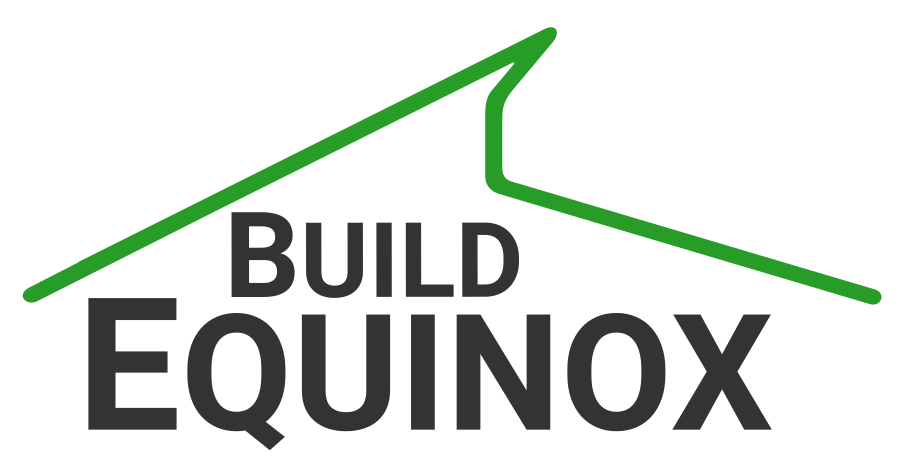The Appraisal Institute, the nation’s largest professional association of real estate appraisers, has made it easier to identify attributes of green homes. Last week, they released a form intended to help analyze values of energy-efficient home features. It is the first of its kind intended for appraisers’ use.
The new form is intended to be used as an optional addendum to Fannie Mae Form 1004, the appraisal industry’s most widely used form for mortgage lending purposes. Used by Fannie Mae, Freddie Mac and the Federal Housing Administration, Form 1004 is completed by appraisers to uphold safe and sound lending. Currently, the contributory value of a home’s green features is rarely part of the equation.
“This addendum is another example of how the Appraisal Institute is at the forefront of real estate valuation,” said Appraisal Institute President Joseph C. Magdziarz, MAI, SRA. “It will help the industry standardize the way residential energy-efficient features are analyzed and reported.”
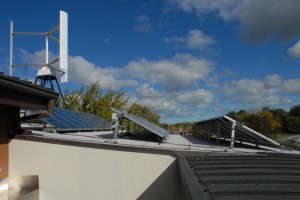
The Appraisal Institute’s addendum allows appraisers to identify and describe a home’s green features, from solar panels to energy-saving appliances. Form 1004 devotes limited attention to energy efficient features, so green data usually doesn’t appear in the appraisal report, or it is included in a lengthy narrative that often is ignored.
Magdziarz pointed out that the Appraisal Institute’s form also will make it easier for appraisers to determine whether recent home sales should be used as comparable sales. Sales that are truly comparable are key components in determining a property’s value.
While the addendum won’t guarantee that an appraiser will raise a property’s value by tens of thousands of dollars for energy-efficient upgrades, it should guarantee at a minimum that energy improvements will be taken into account based on value adjustments consistent with local market conditions. More importantly, appraisers using the new addendum should be better equipped to identify accurate, area-specific comparable sales.
One of the interesting aspects of the form is the emphasis given to describing renewable energy systems such as solar photovoltaic. The form has an area where data collected by the appraiser could easily be used to calculate the net present value (NPV) of the energy savings from a solar energy system. Other aspects include identification for third-party certifications such as LEED for homes.
It’s worth noting that this is an optional addendum to a traditional 1004 appraisal form. Hopefully the lending community will embrace this and builders, architects, lenders, appraisers, and other real estate professionals all find value in encouraging the use of this form for green homes.
Download the Appraisal Institute’s two-page green addendum, which is also listed as part of the Green Real Estate Toolkit.
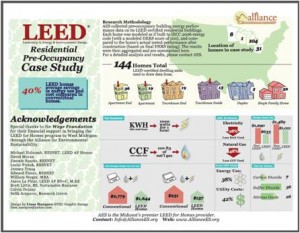
Research – LEED Homes Cost of Ownership
Learn more about the Green Addendum and how it will be used at a free event on Oct 24, 2012 in Oak Brook, IL.
And don’t forget to review the Green Home Institute research report showing the total cost of ownership savings found from building healthy, efficient green homes.
